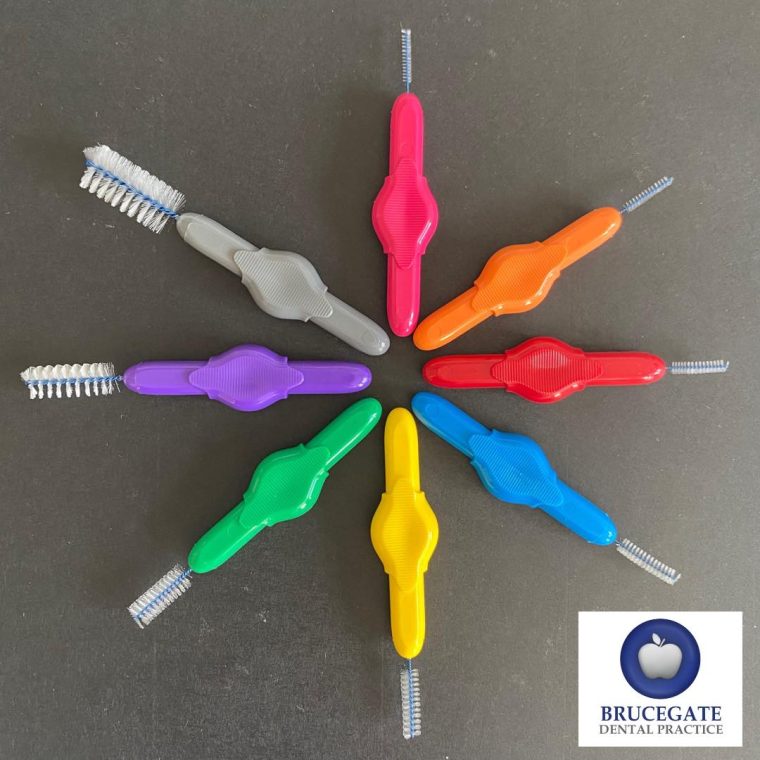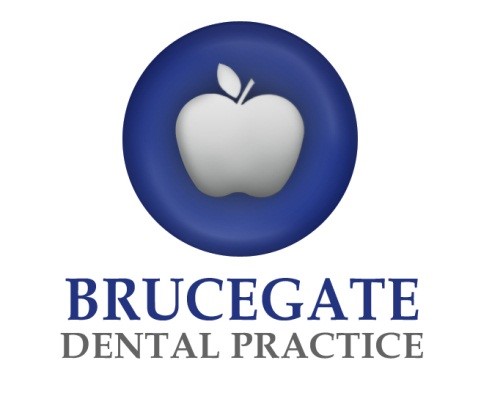Should I floss?

Should I floss is a much asked question, and the short answer is yes! as long as you make time once a day your teeth and gums will stay healthy and your dentist/hygienist will be happy. Flossing is great but isn’t always the thing to use for everyone.
The Importance of cleaning in-between your teeth
It’s important to clean in-between your teeth as brushing alone only cleans around 60% of your teeth, leaving behind food debris and bacteria stuck between your teeth. Not cleaning this away on a daily basis puts you at a higher risk of gum disease, tooth decay and bad breath. To prevent this from happening it is a good idea to use an interdental brush as part of your daily cleaning routine.
Inter-dental Cleaning

Floss is great if your teeth are really tight together and you can’t get anything else through, but what else could you use? An interdental brush is a small brush specially designed to clean between your teeth, where a regular toothbrush does not reach and they come in all shapes and sizes. This is great as everyone has different size spaces between their teeth. The brushes fit nice and snugly so they brush in between the teeth too, where floss just drags food debris out.
When’s best to clean in-between your teeth?
As long as you clean interdentally once a day you will be helping to keep your teeth and gums healthy. It doesn’t have to be at the same time as you brush, it can be done at anytime of the day as long as it’s once every 24 hours. Why every 24 hours? because the mix of saliva and bacteria create plaque, plaque starts to harden onto the tooth’s surface if not removed regularly, making it harder to keep your teeth clean, but also attacks your teeth and gums.
Choosing the right size brush
It’s best to ask your dentist or dental hygienist for their recommendation. But as a rule of thumb you want to use the biggest size you can comfortably get through the space without forcing it.
Here’s a few tips to get you started;
- Look in the mirror and insert the brush in between the tooth , close to the gums. Start with the smallest size and work up until the brush bristles touch the tooth surface and the gum tissue.
- The brush should have a snug fit but the wire, although plastic coated, shouldn’t touch the teeth or the gums.
- Once inserted, move the interdental brush to it’s full length back and forth about 2-3 times. Make sure to clean all the spaces between the teeth once a day.
- You are likely to need two – three different sizes, or the combination of one or two brushes and floss – It all depends on the spaces between your teeth, which usually vary throughout the mouth.
How to use interdental brushes
To get the most out of interdental cleaning is all about the correct technique. The good news is that using interdental brushes is relatively easy to pick-up. Once mastered, it is a healthy habit that will last a lifetime.
- Use a straight interdental brush between the front teeth
Insert the brush gently between the teeth. Do not force the brush into a space; work it in gently or choose a smaller size.
Move the interdental brush full length back and forth a few times.
- If using a small interdental brush on the back teeth
If using a small interdental brush (TePe’s pink, orange, red or blue brushes) you can curve the soft neck slightly. By adding pressure with your finger, it makes it easier to reach between the back teeth. Or try a long handled interdental brush like the TePe Angle™
- If using a bigger interdental brush on the back teeth
When using interdental brushes of a larger size, access between the back teeth may be improved if you slightly curve the wire. The interdental brush will last longer if you do not straighten or bend the brush at another angle.
When you first start cleaning between your teeth, your gums may feel a bit sore and might bleed but do not stop because bleeding gums are often a sign of gum disease. If you do not notice an improvement within a few days, contact your dental professional.
Check out Lorraine’s tips for healthy teeth on our Dental Hygiene page.
